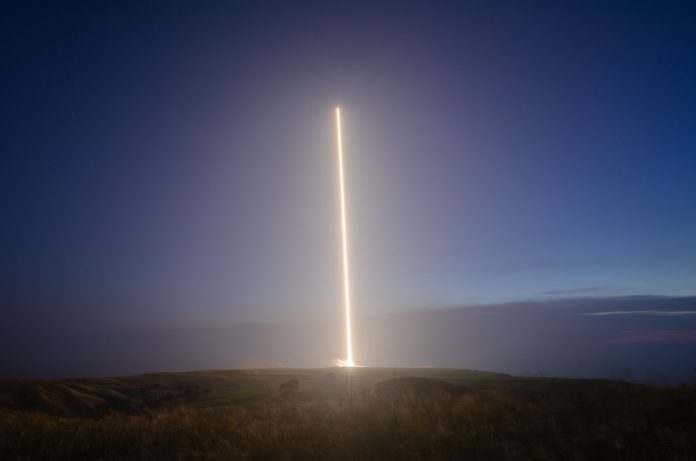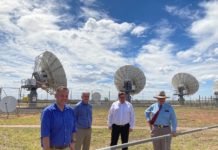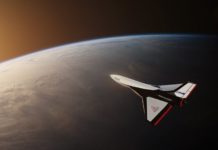Rocket Lab’s Electron vehicle, which is all about providing low-cost access to space for small payloads, is back in service after a failed Flight 13 mission just a little more than two months ago. To identify the problem clearly, plan and implement corrective action, get clearance from the FAA to resume launch activities, and launch a subsequent mission successfully within 2 months is by no means a small achievement.
Small is beautiful, and the Electron evokes love at first sight. Anybody who looks at this black beauty will fall for it, especially when it is standing tall on the launch pad at the picturesque launch site at New Zealand’s Mahia Peninsula. But it is not all external beauty alone. The all-black look of the exterior masks several innovations underneath that have been delivered just in time to meet the exploding demand of the small satellite launch market, and that too, at a cost this market can afford. Fitting for a small satellite launcher, the designers of the Electron have gone the extra mile to ensure miniaturization and the use of lighter materials in every part.
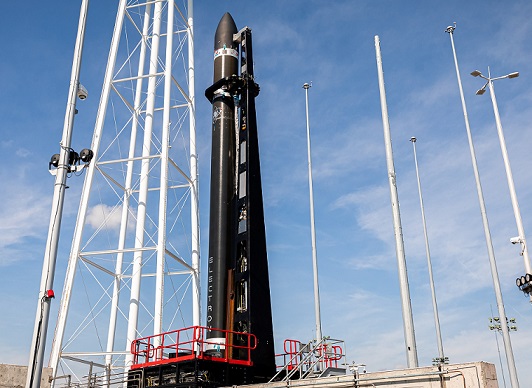
Miniaturization and light-weight materials
Advanced carbon composite casings and tanks give it a strong and light-weight structure, reducing the rocket’s inert mass by at least a ton. Propellant tanks use carbon composites that can withstand cryogenic liquid oxygen environments. This is a no mean achievement since it is a big challenge to make carbon composite durable in the corrosive liquid oxygen environment. It gives the vehicle a very low inert mass and one of the highest payload ratios among all launch vehicles. Had they used an aluminum alloy instead of composites, the excess inert mass would have required 3 times more fuel to take the same payload to orbit, and a corresponding additional thrust as well in each stage of the vehicle, to carry the excess fuel.
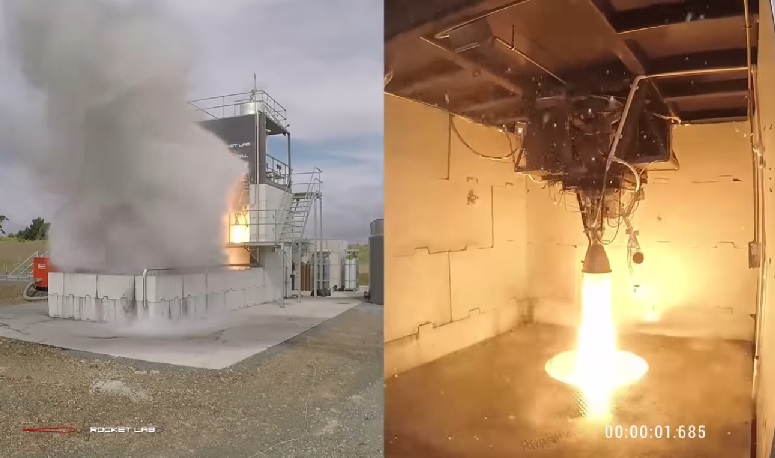
Rocket Lab is the first company to have reached orbit with an electric pump-fed engine, which pumps at 40k rpm, powered by lithium polymer batteries. Recently, with better lithium polymer batteries, Rocket Lab has announced an increase in payload capacity of the Electron from 225 kg to 300 kg to Low Earth Orbit (LEO). The Rutherford pump’s speed of 40k rpm is higher than the pump speed of many other bigger rocket engines, allowing it to have a small pump impeller diameter and hence a small pump footprint. There are 2 pumps in every engine and there are 10 engines in every Electron, and so the savings in mass multiplies. It is no wonder that each Rutherford engine weighs just 35kg, contributing to the overall vehicle’s low inert mass. The rocket is served by a high-performance miniature avionics system that weighs only 8.6kg, all of which contribute to the very low inert mass of the vehicle.
Faster launch turn-around
Robotic manufacturing and additive manufacturing have considerably shortened their manufacturing time and can increase the company’s launch frequency, which is exactly what the small satellite market needs. Their robotic manufacturing capability for the composites can make all the composite parts needed for an Electron in just 12 hours. Rocket Lab is planning to reduce the time taken to manufacture each Electron to just 7 days, for which additive manufacturing will be extensively used. The combustion chamber, pumps, injectors and valves are 3D printed. These main components of the engine can be 3D printed in 24 hours, thus drastically reducing the manufacturing timelines.
Reusability
The Electron’s first stage, with 9 clustered Rutherford engines, is a major candidate for reusability to reduce launch costs. In Fights 10 and 11, tests were carried out for reusability of the first stage. The stage was reoriented for reentry and guided using RCS through the atmosphere, with the right angle of attack. For Flight 17, they plan to test a full recovery by using parachutes on the first stage, which will be recovered by helicopter. All these innovations will further reduce the launch costs and help in faster turnaround for launches.
Curie and HyperCurie kick stages
The Curie is a 3D-printed pump-fed engine with a modest thrust of 120N used optionally as the Electron’s third stage. It is also used for the Photon satellite bus, which is designed to take small satellites to their unique orbits, so that they will not be constrained by the orbit of the primary payload that they fly with.
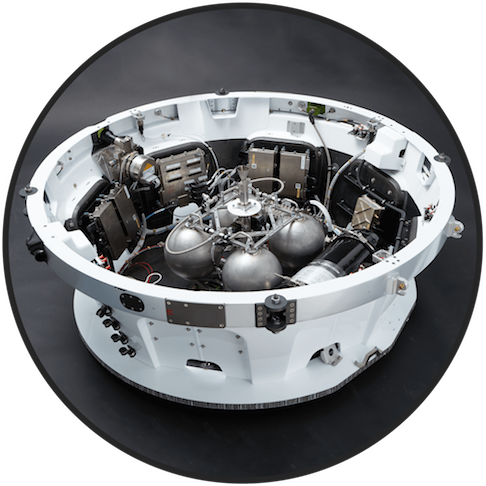
The HyperCurie engine is an enhancement using hypergolic fuel and electric pumps with bigger propellant tanks, in order to produce a higher thrust. It will be used in the Photon lunar satellite bus to propel payloads of up to 40kg to lunar orbit. HyperCurie will be used for the first time in the Photon spacecraft with the CAPSTONE satellite mounted on top, as part of the CAPSTONE mission of NASA planned for next year. The Photon spacecraft with the HyperCurie engine will enable low-cost reach to lunar orbits and beyond to other planets, and this is exactly what the Electron has done for small satellites aiming to reach LEO orbits. With the Electron vehicle and the Proton spacecraft, Rocket Lab is certainly setting new benchmarks for low-cost access to space for small payloads. Rocket Lab’s success can be attributed to the single-minded focus to meet the demands of a niche market that they have chosen instead of diversifying to cater to different market segments. Other factors include their timely entry in such a market when the demand is exploding, and their success in reducing the risks associated, while refining each of their processes to be the best in what they do. Other startups can learn a lot from this simple approach taken by Rocket Lab to attain success.

